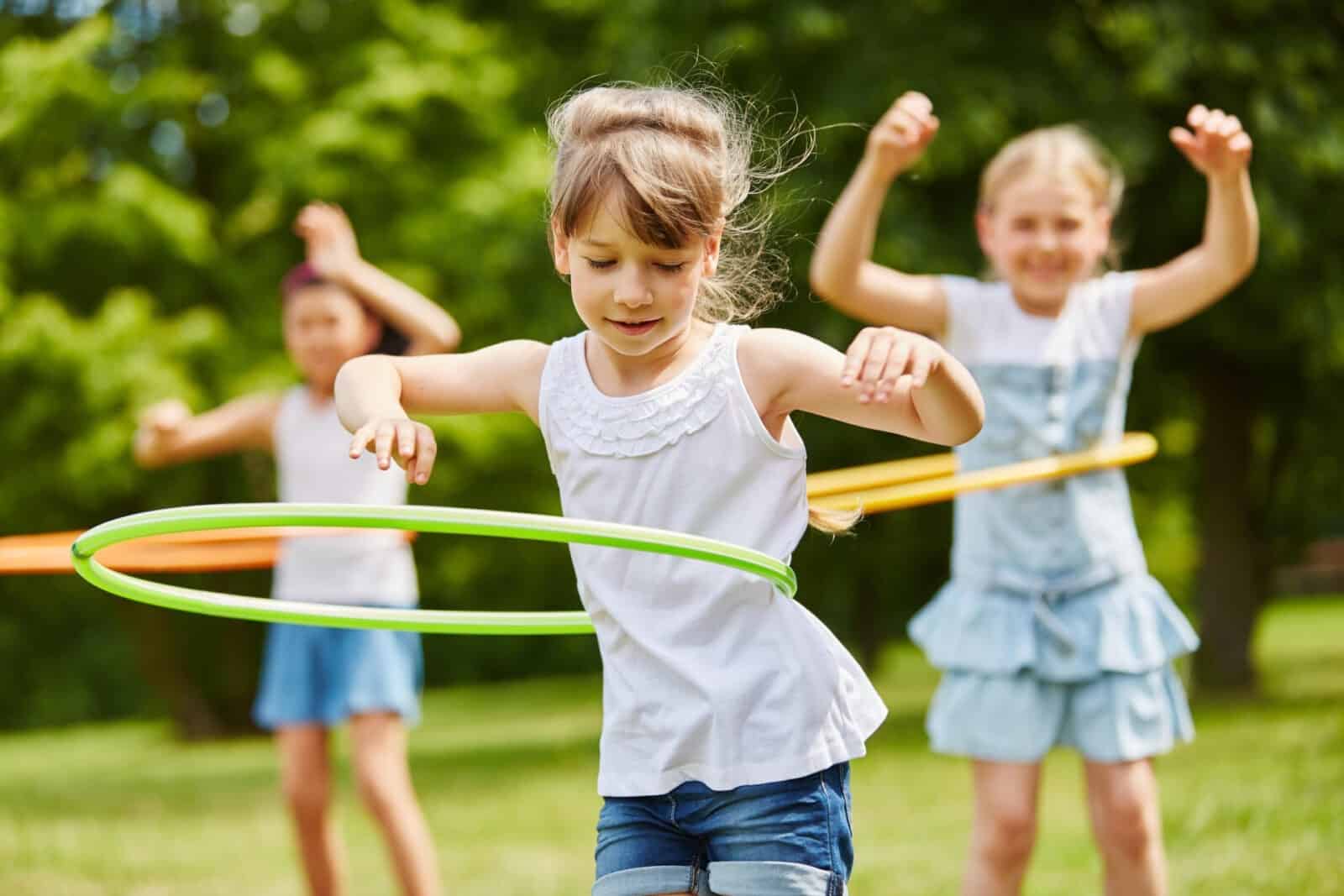
This piece was a collaborative effort by UK professors from Sussex, Cambridge and Reading Universities, intended for general distribution.
As experts in children’s mental health and development, we urge that children’s social and emotional wellbeing be prioritised in all decisions relating to the easing of lockdown and re-opening of schools. We recognise the vital importance of mitigating risks related to the spreading of Covid-19. We also recognise that there is concern about the impact of lockdown on children’s education. Nevertheless, children’s social and emotional needs must also be considered as a priority at every decision point.
In this document, we make a number of evidence-based recommendations designed to support children’s social and emotional wellbeing. We focus on the need to afford children opportunities to play with peers in the coming weeks and months. Our recommendations are focused, in particular, on the needs of children aged 3 to 11.
Why children need to play with their friends
It has been six weeks since British children last played in-person with a friend. Recent data shows that around two-thirds of primary school children are currently feeling lonely. This represents an increase of approximately 50% compared to normal levels (1). Loneliness and social isolation adversely affect children’s short- and long-term mental health (2). Importantly, the duration of loneliness, rather than its intensity, is most strongly related to poor outcomes. Given these facts, it is likely that many children’s emotional health is suffering during lockdown. These negative impacts will be greatest for children from marginalised and disadvantaged groups. We know that poor emotional health in childhood is linked to long-term mental and physical health difficulties, and poor academic and occupational functioning. It is the number one predictor of adult life satisfaction (3). Mental health problems during childhood also place a significant economic burden on society (4).
Children’s social interaction with their peers happens primarily via play. Although some children will be spending more time playing during lockdown, either alone or with parents or siblings, children across the UK currently have a play deficit because they are deprived of the chance to play with peers. Play with peers is critically important for children’s social, cognitive and literacy development (5).
Play is so essential to children’s wellbeing that The United Nations Convention on the Rights of the Child, Article 31, defines play as a fundamental right. Play has substantial benefits for children’s holistic development and emotional wellbeing (6). Outdoor play, in particular, is linked to increased physical health as well as social and emotional health (7). Play is beneficial during times of anxiety, stress and adversity (8): it provides a sense of control and independence; it helps children make sense of things they find hard to understand (9); it supports their coping and resilience (10). In highly stressful situations (e.g. war zones, in hospital, in orphanages) research shows that playing with other children is therapeutic (11,12).
Given this evidence we make the following recommendations.
General Recommendations
- That, once it is safe to do so, the loosening of lockdown is done in a way that allows children to play with their peers as soon as possible. For example, gatherings of children could be allowed, even if these are very small, must be held outdoors, or are restricted in frequency.
- That public health messages to families and education staff provide clear information on the social and emotional benefits of play, including outdoor play, and clear guidance on the objective risks to children. Many parents and teachers will be anxious about putting children at risk, and about educational progress, so it is vital these concerns are addressed in public health communications.
Recommendations for when children return to school
- That decision-makers take a risk-benefit approach when making decisions about children’s social interaction and play in schools. The Health and Safety Executive advises a risk-benefit approach, which aims not to eliminate all risk but to strike a balance: maximising benefit whilst ensuring that children are not exposed to unnecessary risk (13).
- That all children are given time at school to play with their peers, even while social distancing remains necessary. We recognise that a traditional break-time at school may not be feasible whilst social distancing remains necessary. However, we would like to see a creative approach taken, such that all children have frequent opportunities to play with their peers each day. For example, children could go out to play in pairs or small groups on a rota system throughout the day. Play time should be available to all children who want it, irrespective of behaviour or attainment, whilst recognising that some might prefer the structure of the classroom or feel anxious about unstructured play at first. As soon as it is possible to do so without significantly increasing physical risks, children should be allowed to play with their peers without socially distancing, even if at first this is in pairs or small groups or within ‘social bubbles’ that allow repeated mixing with a small number of contacts. Without the need to socially distance, children will be able to play freely. ‘Free play’ is particularly beneficial for emotional wellbeing (7,10,14).
- That schools are appropriately resourced to support children’s emotional wellbeing, especially during the transition period when social distancing measures are still in place. After many weeks without peer interaction, being allowed into school but made to remain 2m away from friends will be difficult and upsetting for many children. It is vital that this is recognised and that schools are given the time and resources to support the transition, with children’s wellbeing in mind.
- That in the short-term, schools should be guided to focus on encouraging play and supporting children’s social and emotional wellbeing. There should be less focus on educational attainment. Children cannot learn effectively when they are struggling emotionally. Teachers should, therefore, be given clear guidance to focus on emotional wellbeing in the coming weeks and months. Only then will children be ready to re-engage with formal learning.
- That playing and learning outdoors should be recommended where schools have the facilities. The mental and physical health benefits of outdoor play and the effectiveness of outdoor learning approaches have been well-documented (15,16,17). These approaches should, therefore, be used wherever possible, given the likely reduction in risk of infection outdoors.
- That where necessary, individual plans for transitioning children back to school should be developed in partnership with families. There will be huge variation both in children’s experiences of lockdown and in their anxieties about returning to school. Additional support will be required for many, such as children who are experiencing grief, children with special educational needs and children with existing mental health problems.
Conclusions
We hope that those making policy decisions in the next weeks and months will consider children’s social and emotional wellbeing when doing so. In particular, we ask that policies facilitate the highest quality social interaction and play among our children.
Authors
Prof Sam Cartwright-Hatton. Professor of Clinical Child Psychology, University of Sussex; Prof Helen Dodd. Professor of Child Psychology, University of Reading; Dr Kathryn Lester, Senior Lecturer in Developmental Psychology, University of Sussex.
and
Prof Robin Banerjee, Professor of Developmental Psychology, University of Sussex; Dr Jenny Gibson, Senior Lecturer in Psychology and Education, University of Cambridge; Rachel Hurding, Headteacher, The Ellis C of E Primary School, Barnsley; Alison Lacey, PhD Researcher, University of Sussex; Dr Maria Loades, Senior Lecturer in Clinical Psychology, University of Bath; Dr James Murray, Consultant Clinical Psychologist, States of Guernsey; Prof Alison Pike, Professor of Child and Family Psychology, University of Sussex; Prof Paul Ramchandani, LEGO Professor of Play in Education, Development and Learning, University of Cambridge; Prof Shirley Reynolds, Visiting Professor of Clinical Psychology, University of Reading; Dr Wendy Russell, Senior Lecturer in Play and Playwork, University of Gloucestershire; Zoe Singh, Deputy Headteacher, Lydgate Infant School, Sheffield; Prof Nicola Yuill, Professor of Developmental Psychology, University of Sussex.
References
- Dodd, H.F. Personal communication. Data collected April 2020 as part of UKRI Future Leaders Fellowship Ref: MR/T041897/1
- Loades, M.E., Chatburn, E., Higson-Sweeney, N., Reynolds, S., Shafran, R., Brigden, A., Linney, C., McManus, M., Borwick, C., & Crawley, E. (under review). Rapid Systematic Review: The impact of social isolation and loneliness on the mental health of children and adolescents in the context of COVID-19. Available online at: https://osf.io/qh5fp/
- Layard, R., Clark, A. E., Cornaglia, F., Powdthavee, N., & Vernoit, J. (2014). What predicts a successful life? A life-course model of well-being. The Economic Journal, 124(580), F720-F738.
- Knapp, M., Ardino, V., Brimblecombe, N., Evans-Lacko, S., Lemmi, V., King, D., … & Harris, A. (2016). Youth mental health: new economic evidence. London: Personal Social Services Research Unit.
- Goldstein, J. (2012). Play in children’s development, health and wellbeing. Toy Industries Europe. Available online at: https://www.persil.com/content/dam/unilever/persil/global/english/online_comms_/persil_-_play_ in_children_s_development_health_and_well-being-1816599.pdf
- Hobbs, C., Atkinson, C., Barclay, M., Bristow, S., Finney, R., & Mannello, M. Children’s right to play. Available at: http://www.infocoponline.es/pdf/Childrens-right-to-play.pdf
- Tremblay, M. S., Gray, C., Babcock, S., Barnes, J., Bradstreet, C. C., Carr, D., … & Herrington, S. (2015). Position statement on active outdoor play. International journal of environmental research and public health, 12(6), 6475-6505.
- Fearn, M., & Howard, J. (2012). Play as a resource for children facing adversity: An exploration of indicative case studies. Children & Society, 26(6), 456-468.
- Levin, D.E. (2003). Beyond banning war and superhero play. Available at: http://www.decal.ga.gov/documents/attachments/WarAndSuperheroPlay.pdf
- Lester, S., & Russell, W. (2008). Play for a Change. National Children’s Bureau.
- Feldman, D. (2019). Children’s Play in the Shadow of War. American journal of play, 11(3), 288-307.
- Brown, F., & Webb, S. (2005). Children without play. Journal of Education, 35(1), 139-158.
- Health and Safety Executive. (2012). Children’s play and leisure – promoting a balanced approach. Available online at: hse.gov.uk/entertainment/childs-play-statement.htm
- Brussoni, M., Gibbons, R., Gray, C., Ishikawa, T., Sandseter, E. B. H., Bienenstock, A., … & Pickett, W. (2015). What is the relationship between risky outdoor play and health in children? A systematic review. International journal of environmental research and public health, 12(6), 6423-6454.
- Potasz, C., Varela, M. J. V. D., Carvalho, L. C. D., Prado, L. F. D., & Prado, G. F. D. (2013). Effect of play activities on hospitalized children’s stress: a randomized clinical trial. Scandinavian journal of occupational therapy, 20(1), 71-79.
- Bilton, H. (2010). Outdoor learning in the early years: Management and innovation. Routledge

